Our Emerald Guide: What they are, where they come from and how to buy
It was an Irish poet, William Drennan, who is credited with coining the term ‘Emerald Isle’. Ever since, vibrant green emerald has been synonymous with our island home. If you are thinking about purchasing a piece of emerald jewelry from our emerald isle or anywhere else for that matter, you may want to familiarise yourself with the background of this vibrant stone before you click buy.
We have spoken to gemologists, mineralogists and drawn on our 50+ years of experience in the jewelry trade to collect together our buying tips, background and history for our emerald guide. This guide will give you answers on:
- What is emerald?
- Where do emeralds come from?
- What is the history and symbolism of emerald use in jewelry?
- What is the best jewelry for emerald?
- How is emerald graded?
- How to care for emerald?
- Our emerald buying Tips
And as ever if you have any questions about emerald or any of our jewelry please do get in touch by email, phone, or by booking a virtual appointment to see our stunning emerald jewelry.
What is Emerald?
An emerald is a green to bluish-green precious variety of the mineral beryl. Other semi-precious minerals in the beryl group include aquamarine (light blue) and beryls in other colors. Emeralds range in color from deep green to pale green hues. The saturation, hue and depth of emeralds green color is due to trace amounts of Chromium, Vanadium and Iron in the stone. But the main thing to remember is - if it is not green, it is not emerald!

Where Do Emeralds Come From?
The purest emeralds come from Colombia and Brazil. Emeralds can also be found in India, Australia, as well as South Africa, where the oldest emeralds on earth are found. South African emerald formed 2.97 billion years ago!
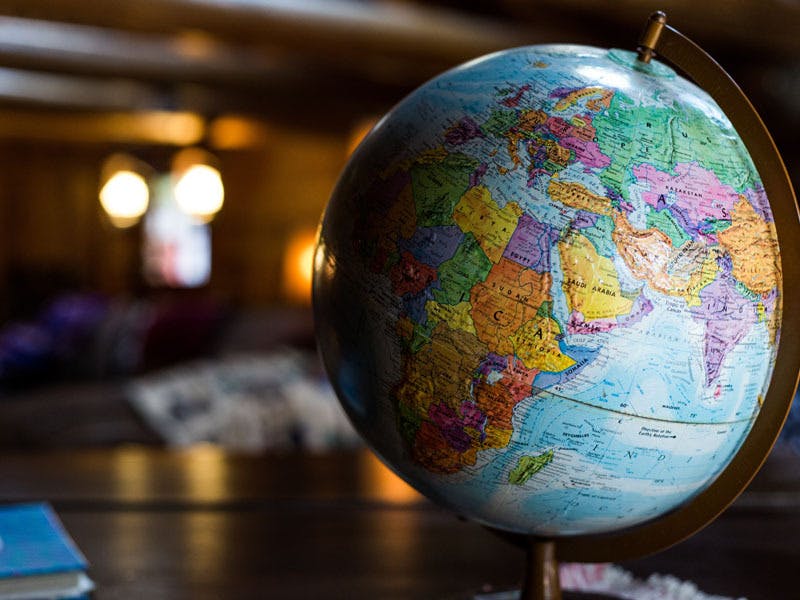
There are only these few places in the world where we find emeralds. The elements that make up this beautiful stone are typically found in different depths within the earth. Getting the right conditions for emerald to form is quite rare.
Emeralds are formed by high temperatures causing elements from rocks in the Earth to seep into cracks. If there is enough chromium and vanadium, emerald can form in the cracks and crevices in the rock provided there is enough space.

The history and symbolism of emerald use in jewelry
Perhaps it comes back to their stunning green color but emeralds have been mined for over 4000 years and are associated with an impressive list of mystical powers, meanings and uses!
Emerald gets its name from the ancient Greek word for green, “smaragdus.”They were considered a symbol of eternal youth by the ancient Egyptians who liked to be buried with them. Cleopatra, reportedly loved this stone and to guarantee herself high quality gems, she took ownership of all emerald mines in Egypt! Meanwhile Romans thought gazing into them was useful to relieve stress and eye strain.
These old ideas may not be too wacky as we know that the color green is thought to relieve stress and eye strain. And green remains a color strongly associated with vibrancy, vitality and growth. This association makes it a good fit for a May birthstone.
Ancient legends also claim that placing an emerald under the tongue would reveal truth, allow a person to foresee the future, speak eloquently and protect against evil! We don’t recommend this particular practice however!
Romans believed Emeralds were sacred stones of the goddess Venus-Aphrodite, whose Godly functions encompassed love, beauty, fertility and prosperity. In myth, Venus-Aphrodite was born of sea-foam. Roman theology tells us that Venus-Aphrodite was a powerful female force. Venus absorbed and tempered the male essence, uniting the opposites of male and female in mutual affection. Therefore, Venus’ emeralds were thought to preserve love in the face of adversity.
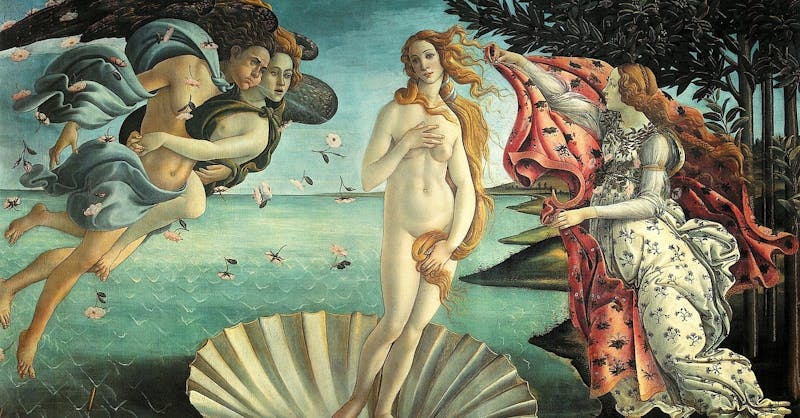
Emeralds from what is now Colombia were plundered in the sixteenth-century by Spanish explorers invading the New World. The cultures they encountered there revered emerald. The Incas used emerald in jewelry and religious ceremonies going back to at least 1100. The emerald taken by conquistadors back to Europe made their way to many royal courts, adorning crowns, crosses and other ceremonial pieces and becoming strongly associated with wealth and power.
The British Crown jewels are famously adorned with spectacular emeralds. And of course Elizabeth Taylor, the queen of the silver screen famously cherished beautiful emerald jewelry. Her stunning emerald brooch sold for an eye-watering, record setting $6.5 million in 2011.
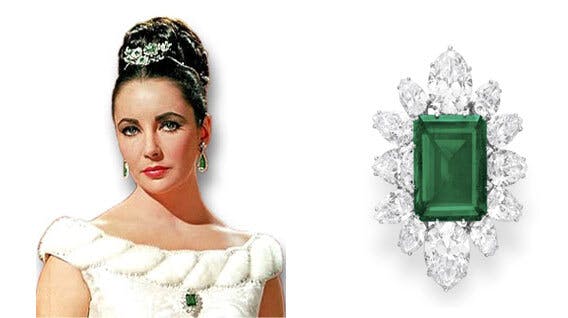
What is the best jewelry for emerald?
But emeralds are not just for the royal or hollywood set. The enormous emeralds that adorn the crown jewels command eye-watering price tags. But emeralds under 1 karat are a much more accessible yet striking stone that looks stunning in any type of jewelry.
What metal?
With striking green color, emerald pairs perfectly with any metal. We think yellow and rose gold lend emerald a classic look and the warmer tones in these metals make the green really pop. White gold has a cool and refined air and is a undoubtedly stylish choice that really allows the emerald to shine, particularly if paired with diamond.
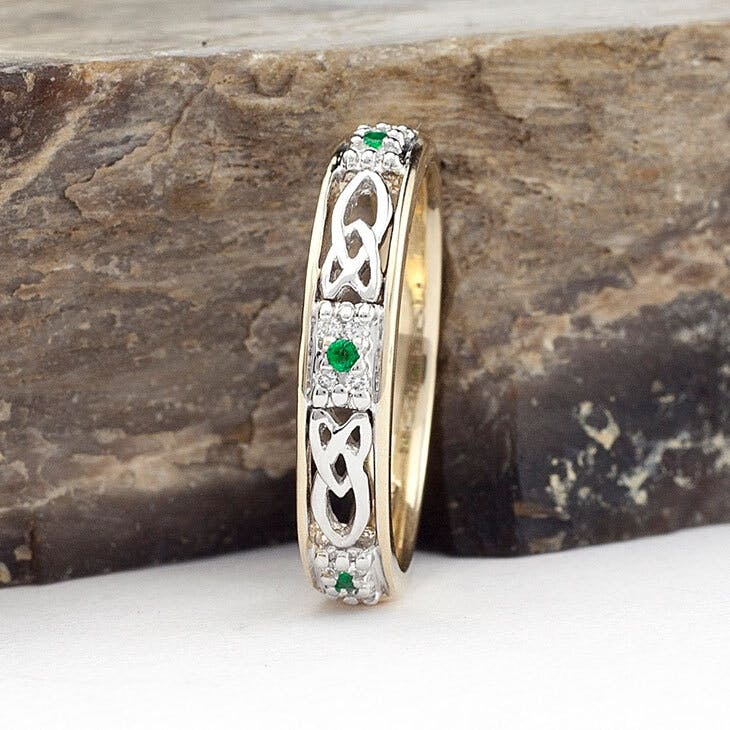
Emerald Engagement, Wedding and Occasion Rings
Emerald makes a striking focal point in a stunning Engagement or Occasion ring where they can be used as a center stone or as an accent side stone. They pair particularly well with diamonds, giving a vivid pop of color with diamonds burst of brilliance.
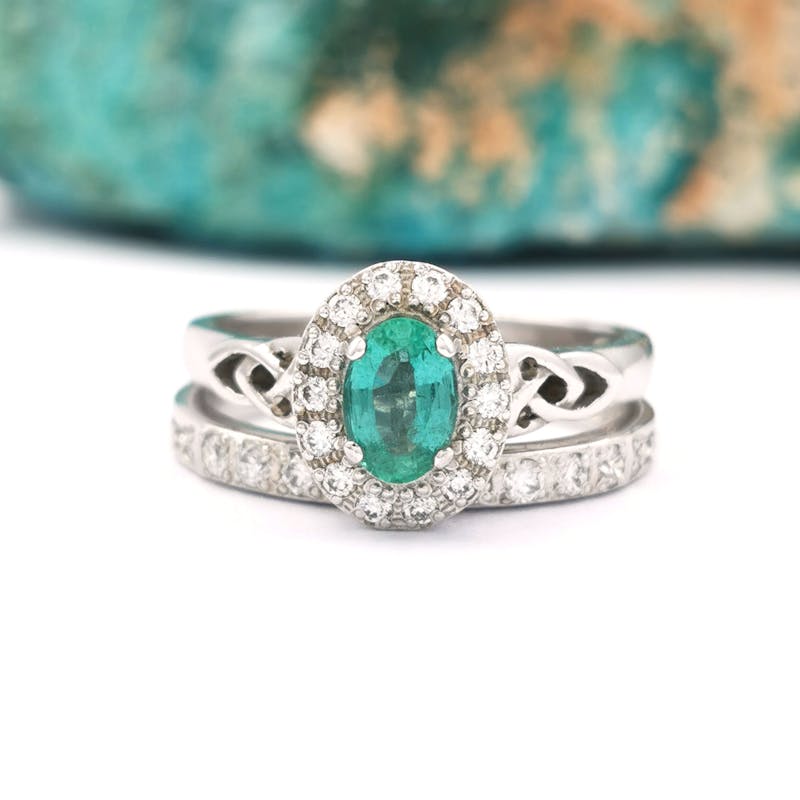
We have seen our halo and multi-stone emerald engagement rings take off towards the end of 2020, supporting the tips from Brides magazine and Vogue that Emeralds are a stylish choice in 2021.
Emeralds are also favoured for 20th, 35th or 55th wedding anniversaries as well as spring engagements or weddings. You can read further about emerald engagement rings here.
Emerald Earrings and Necklaces
Emeralds also lend a vivid pop of color and contrast for a spectacular pair of earrings, cross or necklace. Emerald adds a wonderful flourish to a special gift for a birthday, particularly for those in May, or the birth of a new baby.
How is Emerald Graded?
Just like diamond, emeralds are graded on the basis of color, clarity, cut, and karat weight. However unlike diamond, color is by far the most important in determining the value of an emerald. All other factors are optimised to maximise that spectacular emerald green.
Color
Although It might sound a little odd given their name, emeralds vary quite a bit in color! The ‘Forty shades of green’ in the famous Johnny Cash song is actually a little closer to reality. And there are three factors for describing this variety in emeralds color - hue, saturation and tone.
Hue
When most people think of the color of a gemstone, they are usually thinking of hue. For emerald, its hue is the type of green that we see.. Most emeralds will have a bluish or yellowish tint to them that changes the color that we see. Typically emeralds with a true green to bluish-green hue command the highest price.
Saturation and tone
These two factors are linked. Saturation is a measure of how intense the green hue from dull to vivid while tone is how light or dark a gem appears. Higher saturation gem might appear darker. A completely clear gem would have zero tone while a black gem would have gem's relative lightness or darkness
The ideal emerald has a medium to dark tone (up to 75%) and a vivid saturated green hue.
But really color for emeralds comes down to preference and what catches your eye and makes your heartbeat a little stronger! Some prefer emeralds with a bluish hue, others with a yellow tinge. The best emerald color is whichever one makes you stop in your tracks!
Clarity
This is a funny one for emerald as unlike diamond, all but a tiny percentage of them have inclusions that are visible to the naked eye. In fact, if you don’t see any inclusions you should probably wonder if it is lab created.
The inclusions in emerald are usually small bubbles and fissures that form intricate patterns known as its “jardin” the french for garden. The inclusions can often resemble tendrils of vines or plants roots.
Too many inclusions can detract from the tone and hue of the emerald. But they are also what lend emerald it's gorgeous green color, so inclusions are expected and can even be a covetable feature. Like a fingerprint, the jardin makes each emerald quite unique.
Expert gem cutters will often have to cut away up to 95% of a rough emerald to unearth a stone that balances clarity and color. This unfortunately means a lot of waste for one stone which results in big price tags for large emeralds!
Cut
The color we see in emerald also depends on the cut. Unlike diamond where cut is often optimised for brilliance, the cut of any emerald maximizes the color of the stone.
A skilled gem cutter can give a paler stone a more vivid appearance with a deep cut and fewer facets (flat surfaces on the stone). Or a darker stone can appear lighter and brighter with a shallow cut and more facets.
Given all that, it is not so surprising that this gem has a specific cut named after it, “the emerald cut.” Many emeralds are prepared in this iconic cut. It optimizes for color and maximises the size of the gem as it works with the elongate natural shape of the rough stone
However, a high quality emerald will have a beautiful vivid color whether prepared with its signature emerald cut or a round, oval, or heart shaped cut.
Karat
You might expect that bigger is better and by extension more expensive right? When it comes to emerald, this needn't be the case. Karat weight (size) is certainly a factor in determining value, but again color dominates. For emerald, particularly under 1-2 ct, size is the least important factor in determining price, with color then clarity then cut all taking precedence over it.
Our designs use emeralds with excellent color. A smaller emerald with excellent color is better than a larger one with poor color quality! We also believe that with that vivid emerald color, a little can go a long way and make a big impact.
However as it is a less dense stone than diamond, an emerald will be noticeably larger for the same karat weight, something to keep in mind when browsing! Typical and more accessible emeralds for jewelry range in size from 1 mm to 5 mm for stones used in decoration (0.02 to 0.50 karat). Emerald of 0.5 to 1 karat make excellent center stones in marquee pieces of jewelry like engagement or occasion rings.
For those that want a really big emerald, keep in mind that their price skyrockets over 1 karat.
Emerald are among the rarest of all gemstones. Even in established mines, high-quality large gems are exceptionally rare. Tons and tons of rock is unearthed to yield a single 1 ct emerald and larger stones are rarer still. So if size is your key characteristic for a gemstone and you don’t have the budget of a Royal or a Hollywood star, natural emerald may not be for you?
How to Care for Emeralds
Emeralds are 7.5 to 8 on the Mohs scale (a measure from 0 to 10 for gem hardness) making them a fairly hard and scratch-resistant stone. However, they are a little softer than diamond, the hardest gem at 10 on Mohs scale, and due to their inclusions, they can be susceptible to damage if not cared for. With appropriate care, emerald jewelry will last a lifetime and beyond as attested to by Elizabeth Taylor's fabulous collection or the Queens jewels!
Avoid
Always protect your stone from harsh chemicals. We recommend taking your emerald jewelry off and stashing it somewhere safe before applying makeup, doing the dishes, cleaning the house or taking a dip in a chlorinated pool.
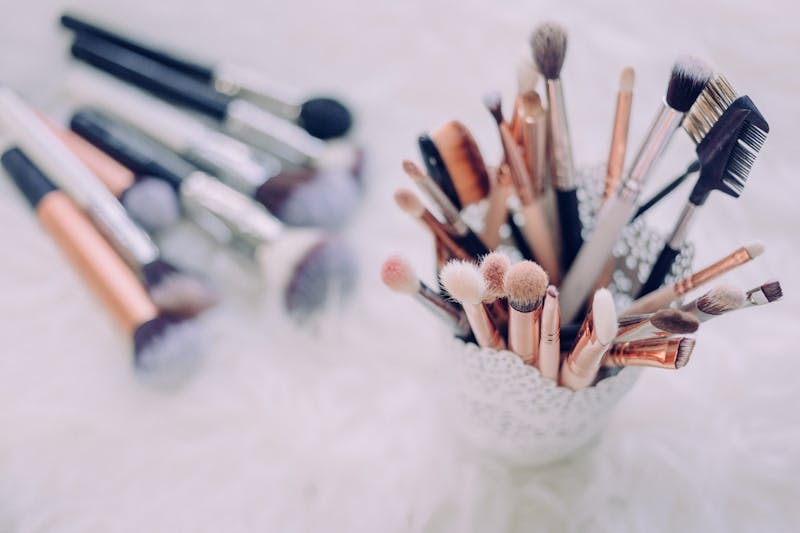
Clean
With wear any piece of jewelry gets dirty and the same is true for emeralds. To keep that color popping, clean the piece by hand using soap, water and a mild soap. Make sure to dry thoroughly after cleaning with a soft cloth and don’t leave an emerald piece sitting in water as this can damage the stone and setting. Also avoid using ultrasonic cleaners as all the jostling around they produce is not good for the stone or the setting.
Store
Ironically loose jewelry boxes are TERRIBLE places for fine jewelry, including emeralds! When not wearing your emerald jewelry, it is best to store it alone in its own protective box or bag. This will protect the emerald from other harder stones like diamond that could scratch it and will protect softer materials (like gold) from being damaged by the emerald. We recommend cleaning the piece before storing for any significant period of time to ensure there are no moisture or chemical residues there that will react with the metal or stone over time.
Our Emerald Jewelry buying Tips
1. Buy from a trusted source
Our number one, cardinal rule for any jewelry purchase. Whether that is from us here at My Irish Jeweler or another source, make sure it is a reputable business.
Check Reviews
A reputable jeweler will have excellent reviews and recommendations across several independent platforms (Facebook, Google, reviews.io etc.). Make sure to check them to see experiences of past customers as this will give a reflection of what you may expect if you give them your custom.
Have a chat
If you want to be doubly sure of who you are dealing with, arrange an appointment to speak to them before you buy. A reputable jeweler will be happy to chat to you and show you a piece to set your mind at ease. You can book an appointment with us.
2. Go for Green
As you know by now, color is all important for emerald. Look for a stone that is vivid, vibrant and most importantly green. You don’t want your emerald to look too dark or light and definitely not insipid. To that end, make sure you can see the color in photographs or in person. But don’t be too worried about technicalities. If you love the piece that is the main thing.
3. Get comfortable with imperfection
Emeralds typically contain inclusions visible to the eye. These inclusions are fine so long as they are not impacting on color. In fact unless you are a wealthy collector with very deep pockets, you want to see inclusions in the emerald you are buying. Inclusions give you reassurance that this is a natural emerald. Be sure to have a look at some close up shots of the piece you are buying.
4. Think about Cut
An emerald cut will maximise size for budget. But if you don’t enjoy this cut, this stone looks spectacular in several other shapes and has plenty of impact even at smaller karat weights. The main thing to look for is that the emerald is an even green across the stone. A poor cut will make a stone too dark or give it zones that may look unappealing. Again get a good look at the piece you are buying.
5. Weigh Price vs Size
Per karat weight, emeralds can be more pricey than all but the fanciest color diamond. And their per-karat price increases exponentially up from 1 ct. A smart choice for those looking for a larger emerald piece without a movie star budget can be a multi-stone or halo setting, with emerald paired with diamond. As an added bonus. we think emerald and diamond are a match made in heaven.
6. Certificate of Authenticity & Value
Certificates are not the norm for purchasing emerald jewelry and typically would only be included with larger karat weight diamonds. However as an added reassurance for our customers we issue customers purchasing emerald pieces with a Certificate of Authenticity and Value. But the main thing is how the stone looks to you and that you are reassured that the piece you are purchasing is as described. E.g. That your natural emerald is natural!
Emerald Jewelry from the Emerald Isle
After all that you are now well on your way to becoming an emerald expert and hopefully feel armed with the knowledge you need to make an informed purchase of emerald jewelry.
We are proud to offer our customers a beautiful selection of emerald jewelry designed and made here in the “Emerald Isle.” So if you are thinking that an emerald piece might be for you, have a look at our selection or get in touch by email, phone, or by booking a virtual appointment. We would be delighted to answer any questions you might have.


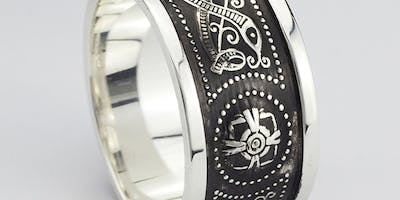

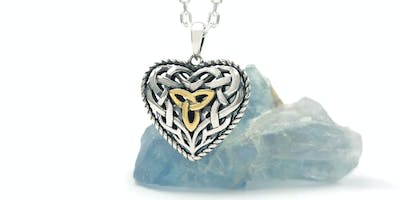
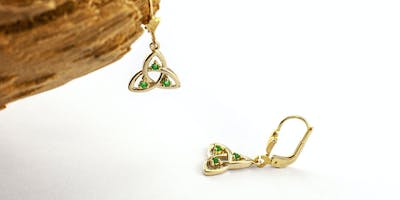

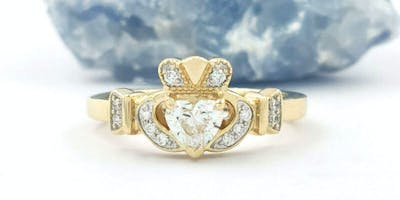
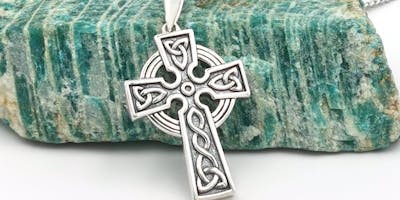
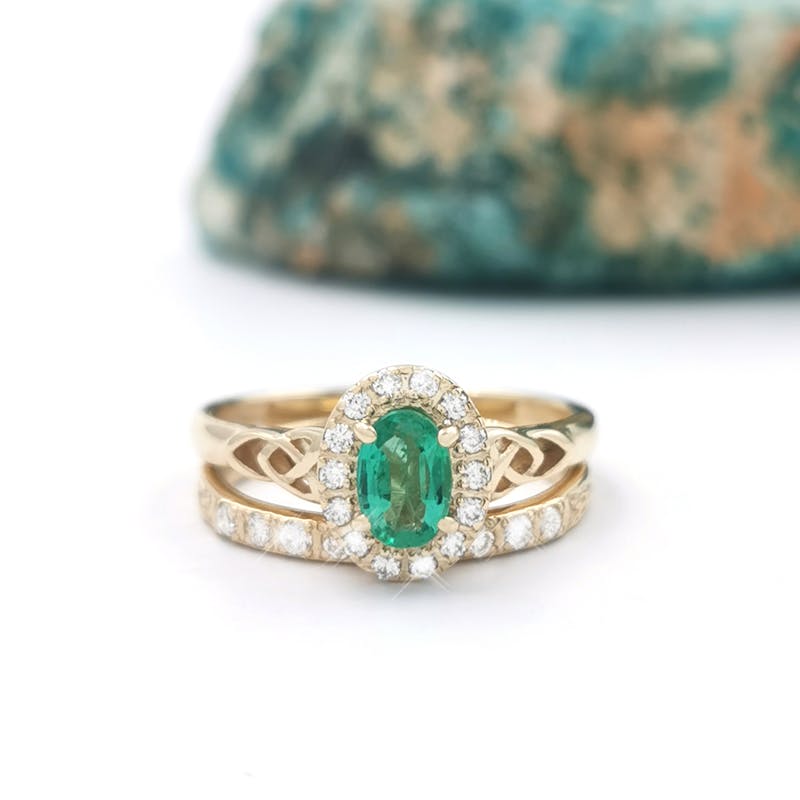
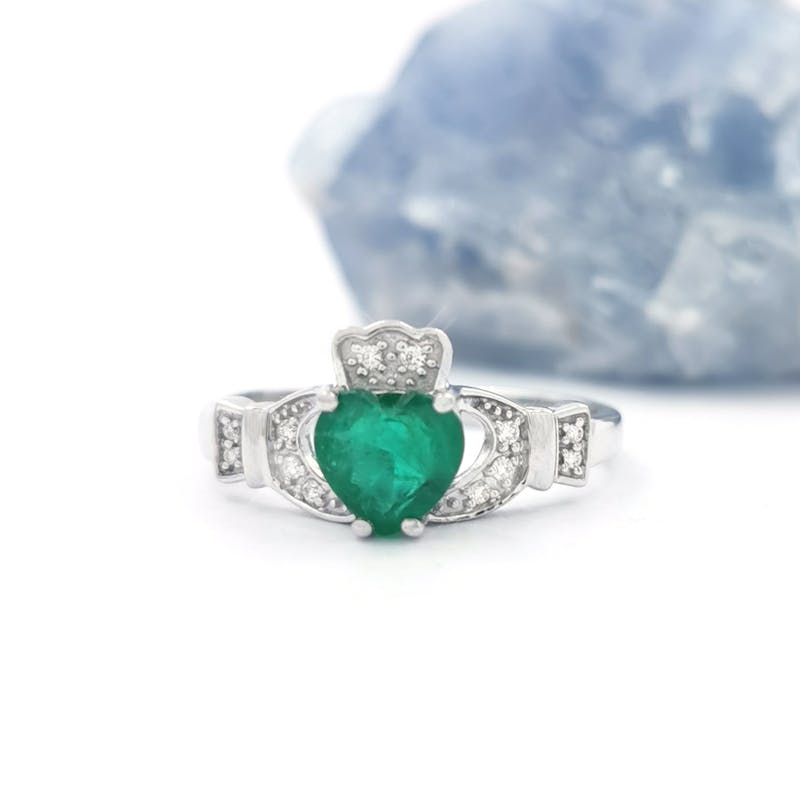
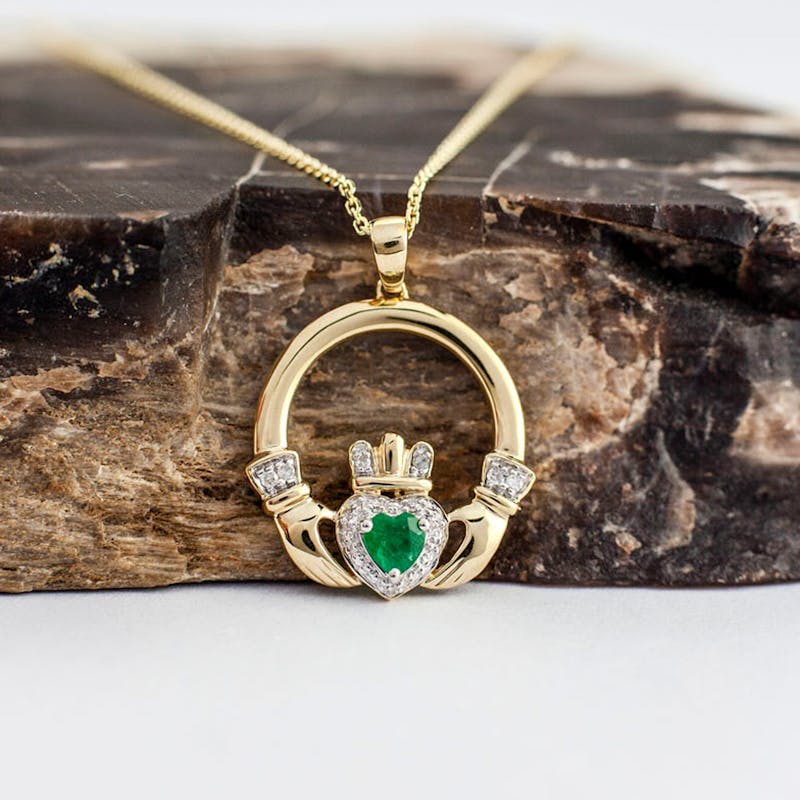
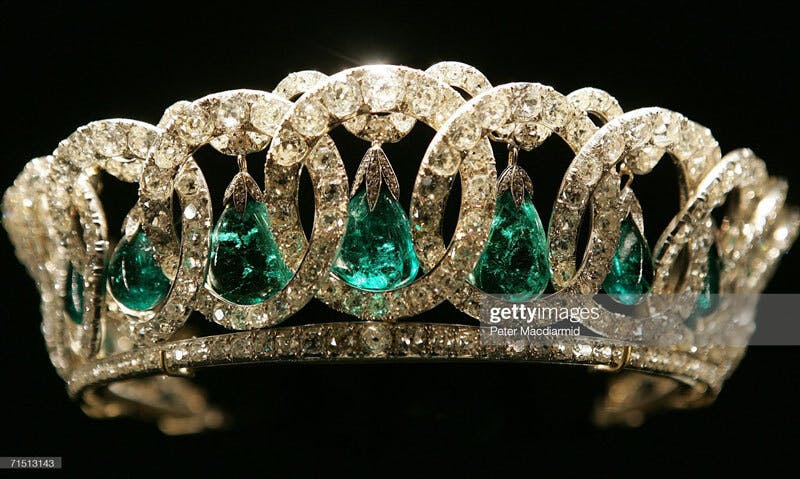
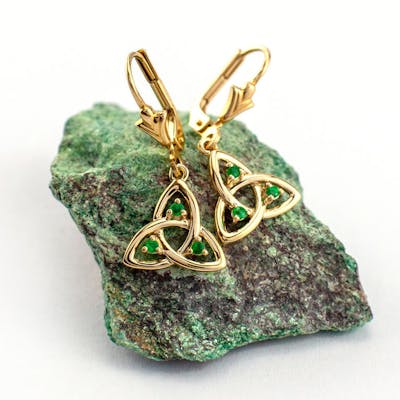

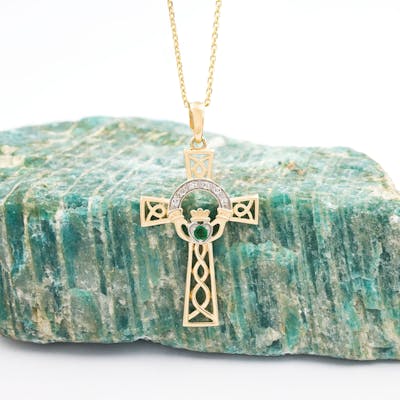
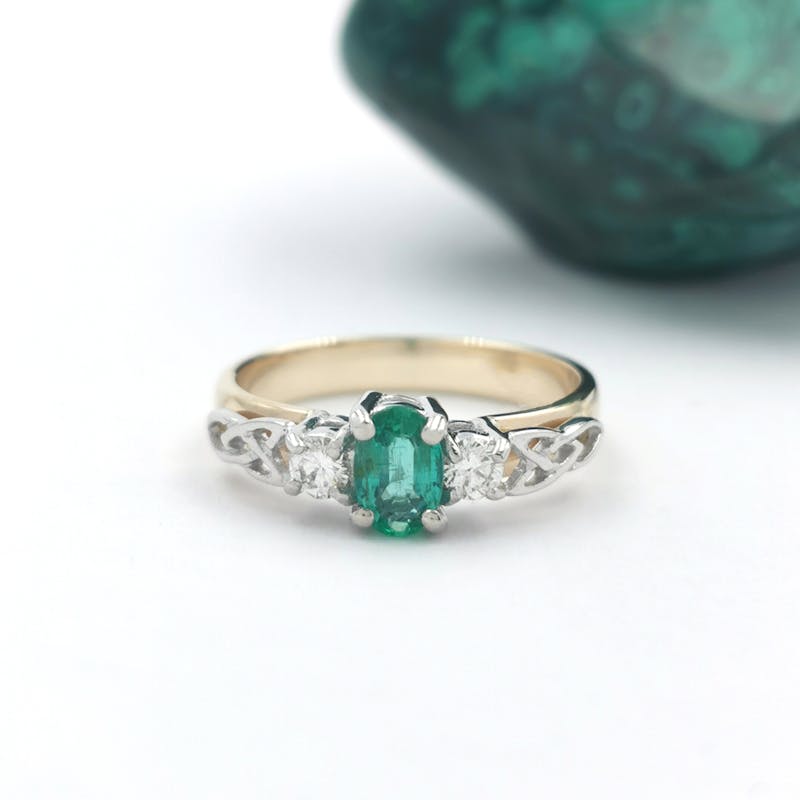

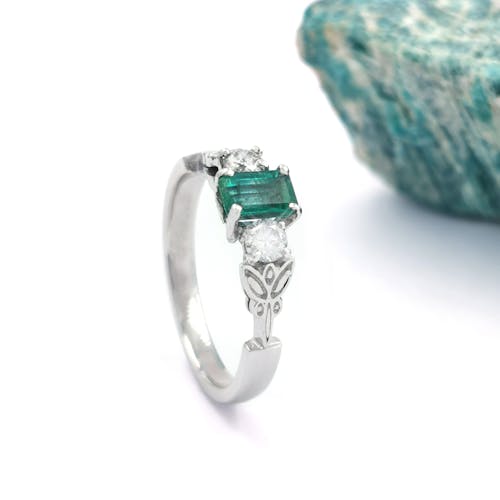
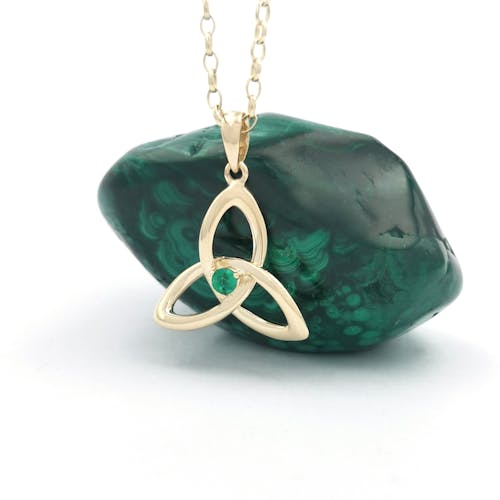
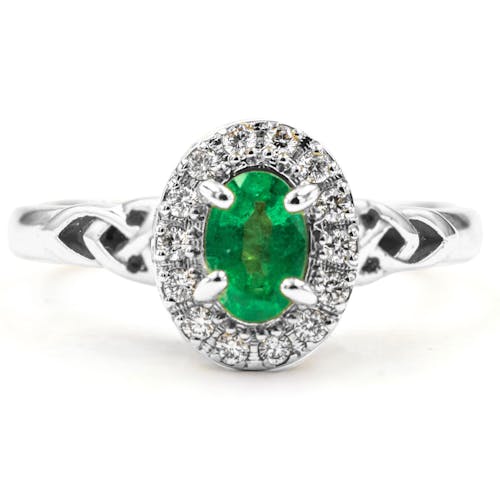
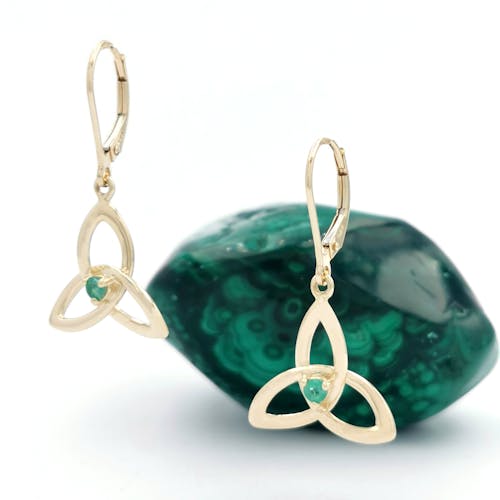
 Ask Gemma
Ask Gemma